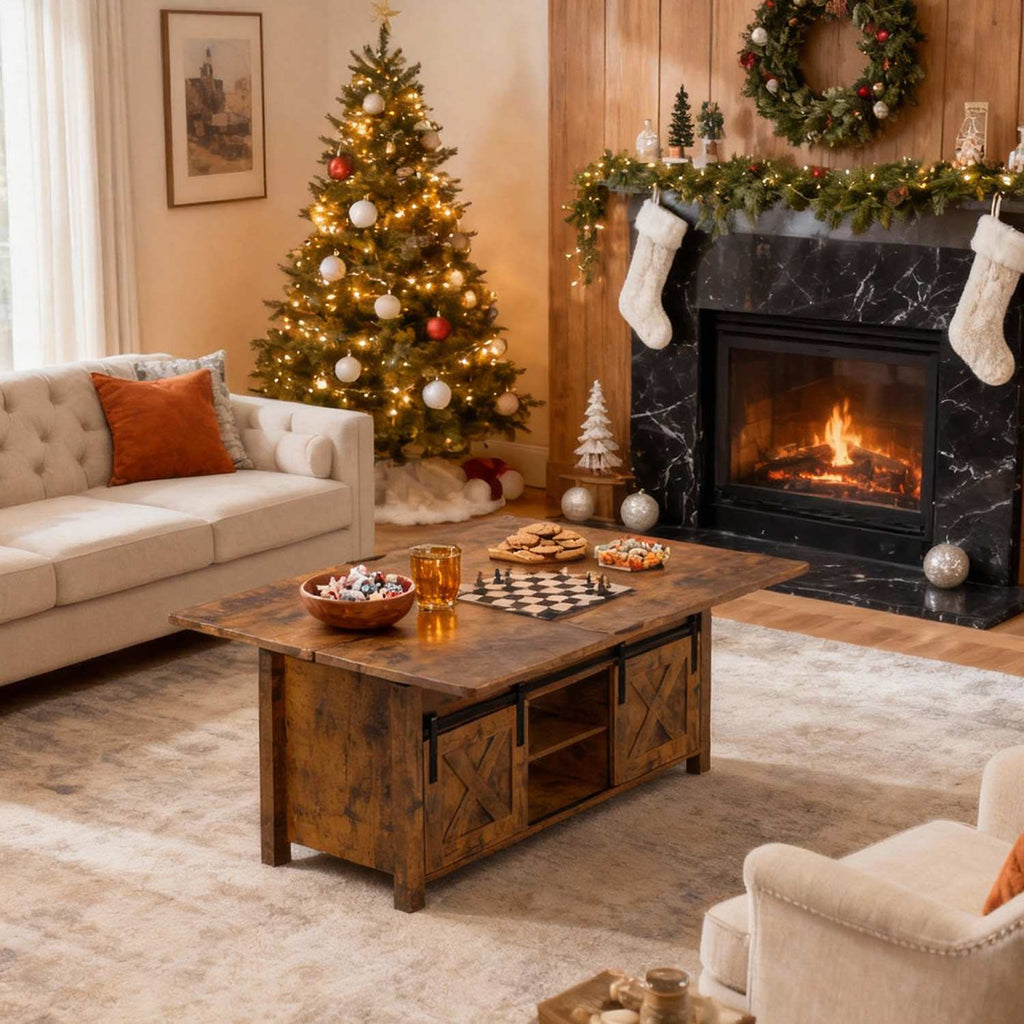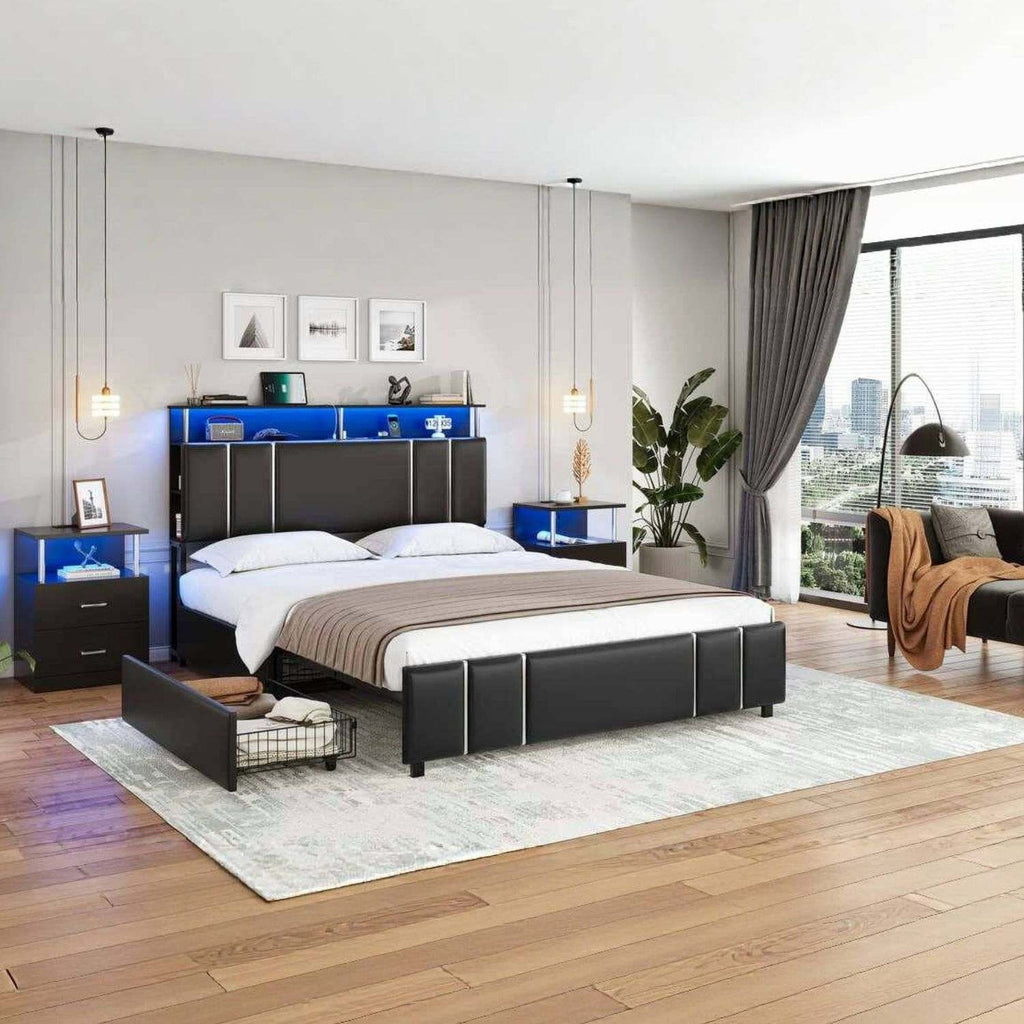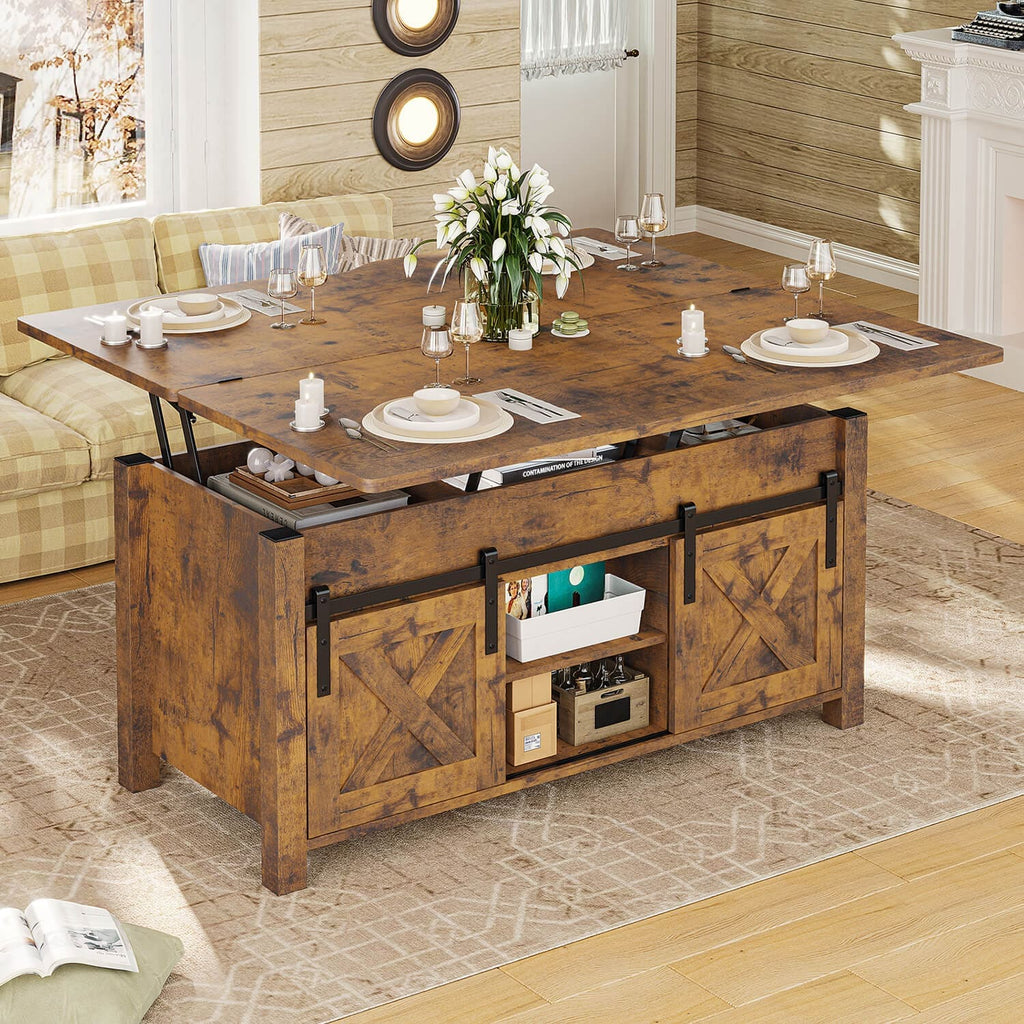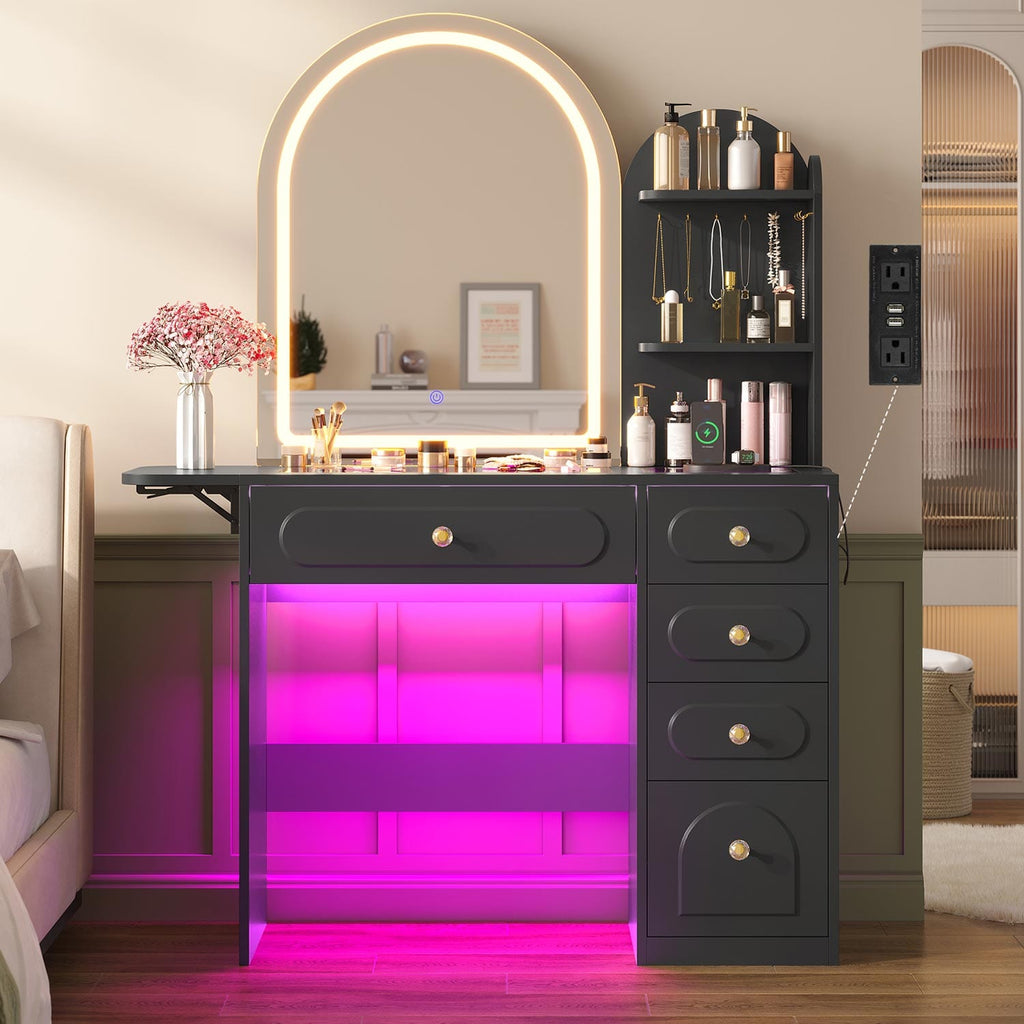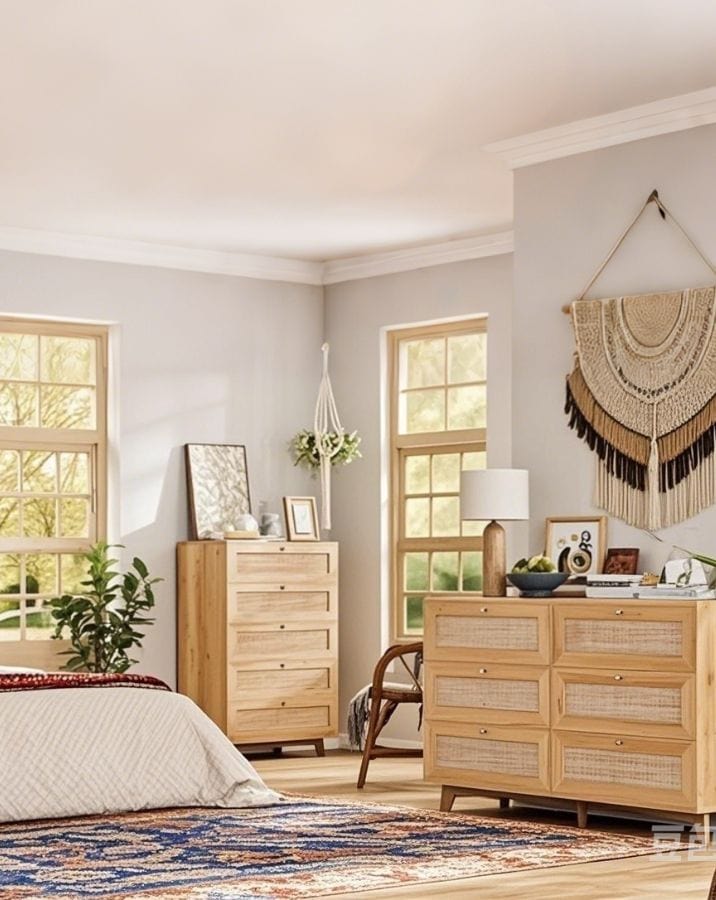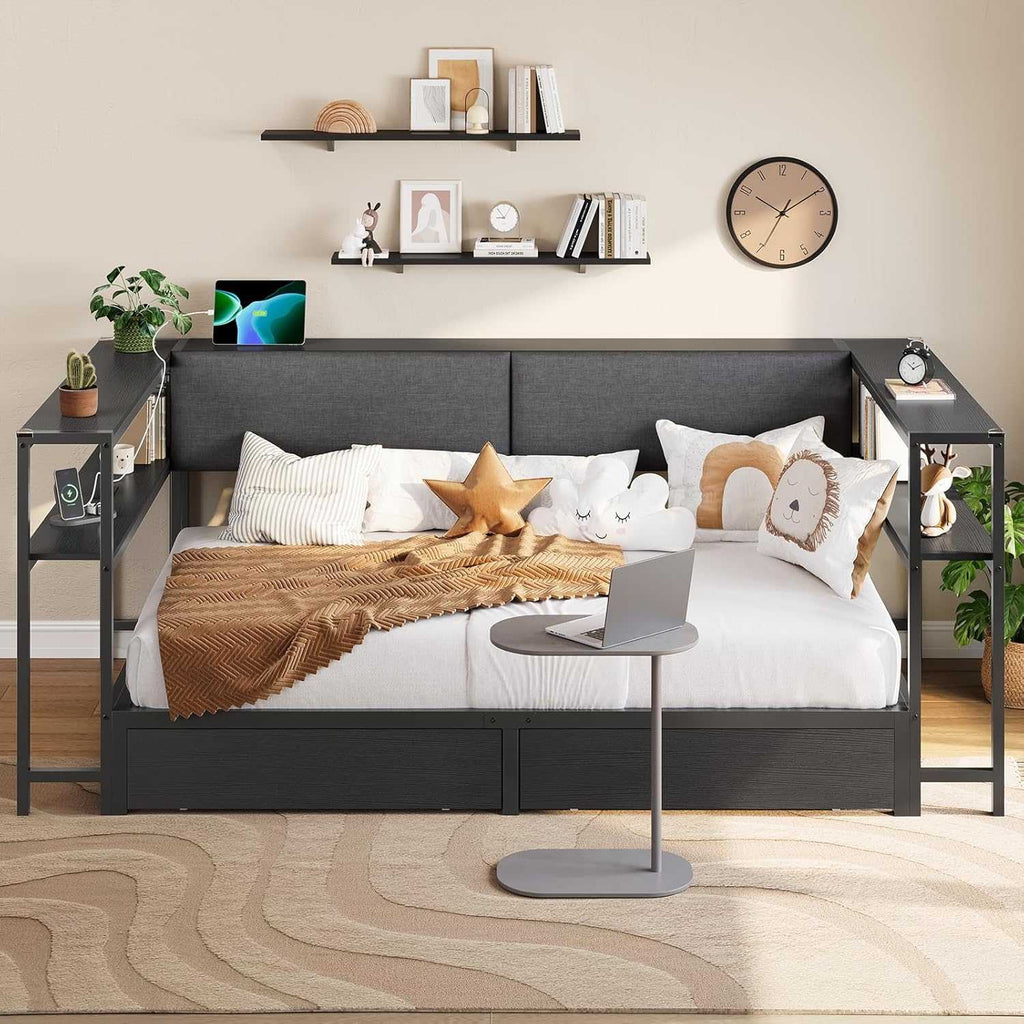
A Guide to Furniture Materials: From Wood and Metal to Glass and More

Introduction
When selecting furniture, the material it's made from is just as important as the design. The material affects the furniture's durability, style, maintenance, and overall cost. From the timeless appeal of solid wood to the sleek modernity of metal and glass, each material has its own unique characteristics.

In this article, Sikaic Furniture will take you to delve into various furniture materials, exploring their characteristics, advantages, and considerations.
Wood Furniture: A Timeless Classic

Wood remains one of the most popular materials in furniture manufacturing due to its timeless appeal and durability. When it comes to wood furniture, there are two primary categories to consider: solid wood and engineered wood.
- Solid Wood: This refers to furniture made from single pieces of wood. Hardwoods like oak, maple, cherry, and walnut are known for their strength and longevity, making them ideal for pieces that get a lot of use, such as dining tables and chairs. Oak is particularly popular for its prominent grain and resistance to wear and tear. Walnut offers a rich, dark color and a smooth finish, often used for high-end, statement pieces. Softwoods, such as pine, are more affordable and lighter in weight but are also more prone to dents and scratches.
- Engineered Wood: This category includes materials like plywood, MDF (Medium-Density Fiberboard), and particleboard. These are made by binding wood fibers, particles, or veneers with adhesives. Engineered wood is a cost-effective alternative to solid wood and is often used for the back panels of cabinets or the internal structure of sofas. While not as durable as solid wood, high-quality engineered wood can be a practical and affordable option for many
Metal Furniture: Modern, Durable, and Sleek
Metal is another significant material used in furniture production, offering strength, stability, and a modern aesthetic. Steel, aluminum, and iron are commonly utilized in various furniture pieces.
- Alloy Steel: Known for its incredible strength and durability, steel is a popular choice for modern and industrial-style furniture. It can be finished in various ways, from a polished shine to a matte black, to suit different design schemes. Steel is often used for the frames of chairs, tables, and shelving units.
- Metal: Metal is often present in dining bases, beds, chairs, and patio furniture. It defines an area without overdoing it with a hint of a modern or industrial touch.

Apart from making the top of the furniture such as an outdoor steel coffee table, metal is also used as the supports and frames for gaming furniture. For example, the Sikaic Gaming Desk employ alloy metal to support stylish bodies, a classic combination.
Glass Furniture: A Touch of Elegance and Light
Glass adds a touch of elegance and sophistication to furniture design. Glass furniture can make a room feel more open, airy, and sophisticated. It's most commonly used for tabletops, shelves, and cabinet doors. The transparency of glass creates an illusion of space, making it a great choice for smaller rooms.
- Tempered glass: a type of safety glass, is commonly used for tabletops, providing strength and resistance to shattering. Frosted glass, achieved through sandblasting or acid etching, offers privacy and diffused light. Tinted glass, available in various colors, creates a visually striking effect while reducing glare and UV rays.

While glass furniture is stylish, it does require more maintenance to keep it looking its best.
Rattan and Wicker for Furniture: Environmental friendly
Rattan and wicker furniture infuse spaces with a natural and tropical vibe. Rattan refers to the material derived from climbing palms, while wicker is a weaving technique commonly used with rattan.

Rattan furniture is lightweight, durable, and often used for outdoor settings. Wicker furniture, on the other hand, refers to the weaving technique and can be applied to various materials like rattan, bamboo, or synthetic fibers. Rattan and wicker furniture are known for their versatility, breathability, and natural aesthetic.
Conclusion: Choosing the Right Material for Your Needs
Selecting the appropriate furniture material requires careful consideration of various factors. Durability, style, maintenance requirements, and personal preferences should all be taken into account. Assess the intended use of the furniture, the level of traffic it will experience, and the overall aesthetic you desire.


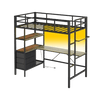
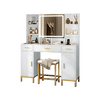


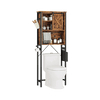
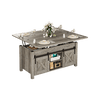


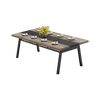
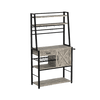

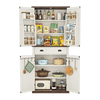
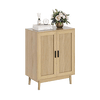
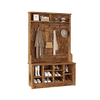


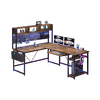


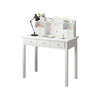 Writing Desk
Writing Desk
 File Cabinet
File Cabinet
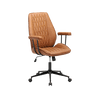 Office Chair
Office Chair
 Bookshelf & Bookcase
Bookshelf & Bookcase
 LED Desk
LED Desk
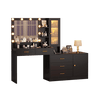 LED Makeup Vanity
LED Makeup Vanity
 LED Bed Frame
LED Bed Frame
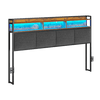 LED Headboard
LED Headboard
 LED Dresser
LED Dresser
 LED Nightstand
LED Nightstand
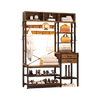 LED Hall Tree
LED Hall Tree
 LED Medicine Cabinet
LED Medicine Cabinet
 LED Coffee Table & LED Coffee Bar
LED Coffee Table & LED Coffee Bar
